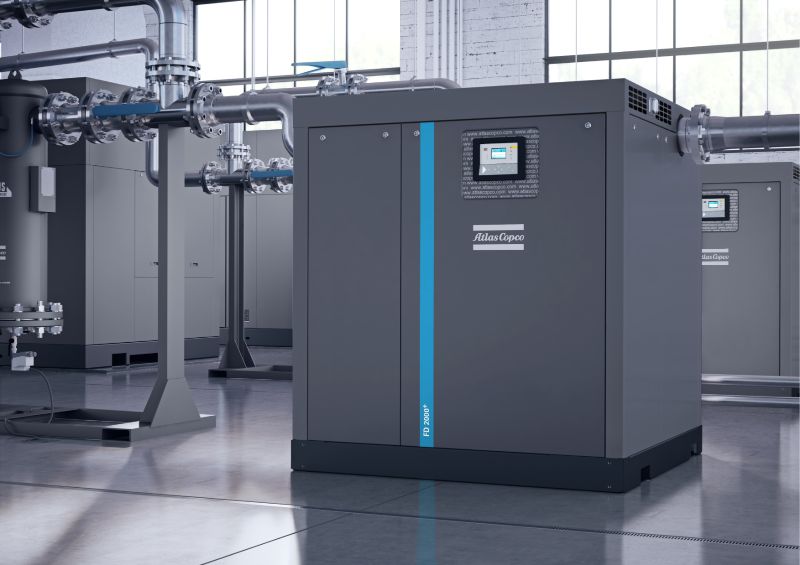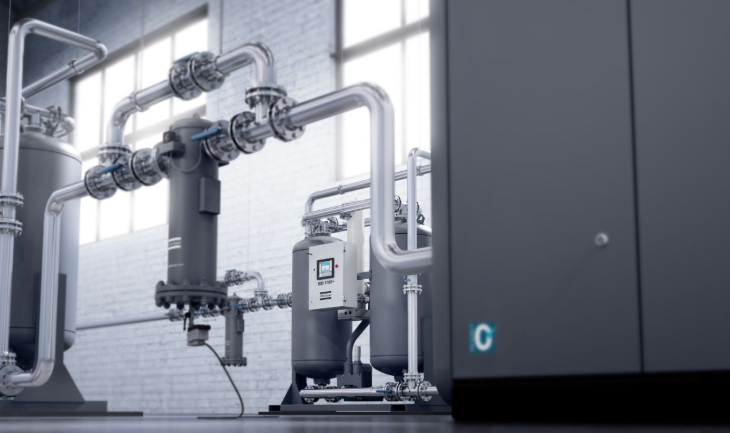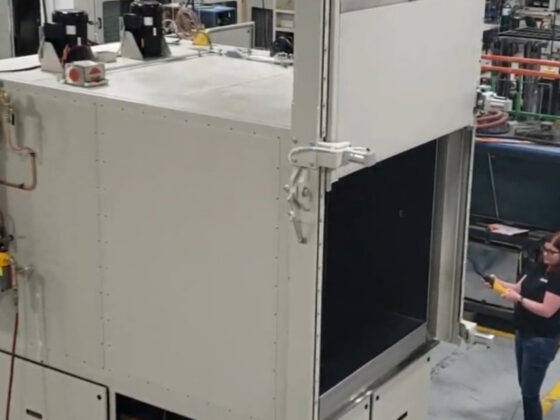As the climate changes and weather patterns become more unpredictable, reducing humidity levels efficiently is becoming increasingly important. One of the most effective ways to do so is by using air dryers.
Air dryers are machines that absorb moisture from the surrounding environment, helping to reduce overall humidity in a space. This can be an invaluable tool for businesses and households alike, as it helps to protect against mold growth and other damage caused by excessive moisture levels.
With air dryers becoming more advanced every day, now is the perfect time to look into investing in one if you’re looking for a reliable and efficient way to reduce your home or business moisture levels quickly and effectively.
Understanding the Benefits of Air Dryers in Reducing Moisture Levels

Air dryers are becoming increasingly popular for their ability to reduce moisture levels in the home. These devices work by circulating air through a fan, which helps draw out excess moisture from the environment.
This helps keep humidity levels under control, preventing mold and mildew buildup while also improving air quality. Air dryers can be used alone or in combination with other methods of controlling indoor humidity such as dehumidifiers and ventilation systems.
The primary benefit of using an air dryer is that it is much more energy-efficient than other types of humidification systems. Since the device only uses electricity to power its fan, there’s no need for additional fuel sources like natural gas or propane tanks. This makes them an ideal choice for those looking to save on utility costs while still keeping their homes comfortable and safe from excess moisture.
Another advantage of using an air dryer is that they require very little maintenance compared to traditional humidification techniques like steam or water vaporizers, which must be regularly cleaned and serviced to function properly over time.
Choosing an Appropriate Air Dryer for Your Needs
Choosing the right air dryer for your needs is an important decision. Different types of air dryers are available to suit various requirements.
You may want to consider factors such as size, portability, and energy efficiency when deciding which one is best for you. To reduce moisture levels efficiently, a desiccant air dryer can be an effective choice.
This type of device absorbs water vapor from the atmosphere and collects it as liquid droplets in its reservoir. It can be used in areas with high humidity levels or where condensation is a problem due to temperature fluctuations.
If space is at a premium or you need something portable, then a refrigerated air dryer could work well for your needs. These machines use compressed coolants to lower the temperature of incoming air before passing it through filters that remove excess moisture from the environment. They are usually more compact than other types and require less maintenance too; however, they do consume higher amounts of electricity than other options so consider this carefully before making a purchase decision if energy efficiency matters most to you!
Installing and Maintaining an Air Dryer to Maximize Efficiency

Installing and maintaining an air dryer to maximize efficiency is an important part of reducing moisture levels efficiently. Air dryers work by using a stream of warm, low-humidity air which helps to reduce the amount of water vapor that’s present in the atmosphere.
This process helps to create drier air that allows for better ventilation and easier maintenance tasks like cleaning or painting. With regular maintenance, you can ensure your air dryer runs at peak performance and delivers maximum efficiency over its life cycle.
When it comes to installation, make sure you choose the right size unit for your environment as this will help promote energy efficiency while also allowing you to run fewer machines simultaneously if needed.
Conclusion
Air dryers are an effective way to reduce moisture levels in a building, and can be used for many applications. They work by removing excess moisture from the air or surfaces using a variety of methods such as dehumidification, adsorption, absorption, and condensation.
Air dryers come in several types including stationary units, portable units, and whole-house systems. These systems offer energy efficiency benefits due to their low running costs compared to other drying systems.
Additionally, they provide cost savings through reduced water consumption which leads to lower utility bills over time. For those looking to reduce humidity levels efficiently without breaking the bank, air dryers could be the ideal solution.
To learn more about air dryers and how they can help you achieve your goals effectively, contact us today!


